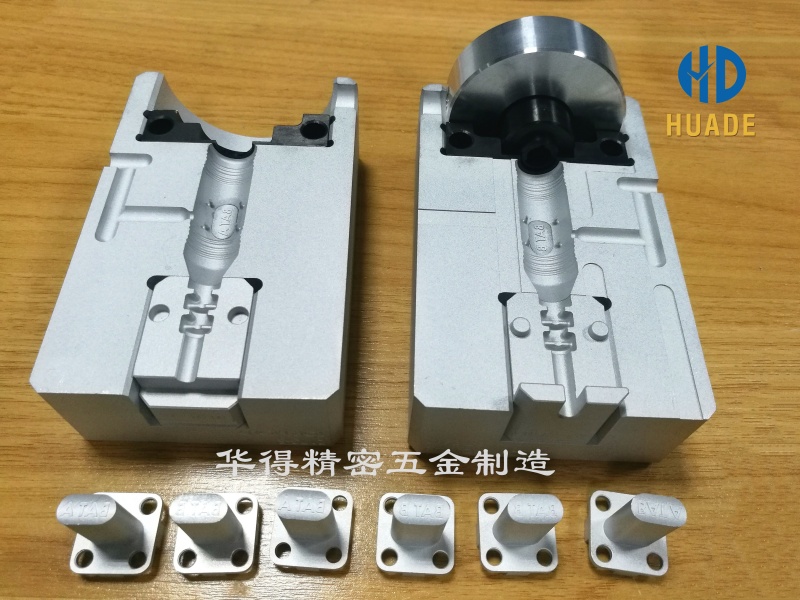The Prototype Paradox: Speed vs Fidelity in Plastic Injection Molding
Prototype injection molding operates in a twilight zone where engineers demand production-identical parts yesterday while mold makers require feasible tooling designs today. This collision creates compromises that remain invisible until parts warp, sink, or crack. Unlike production molding, injection molding prototyping prioritizes iteration speed over tool longevity – demanding CNC strategies most DFM guides ignore.
Mold Design’s Silent Tradeoffs: Gate Geometry & Cooling Realities
Every prototype plastic injection molding decision echoes in final parts. Gate location gambles illustrate this starkly: Production tools use sequential hot gates whereas prototypes rely on manually machined cold gates. One medical startup learned this brutally when their 0.8mm ABS microfluidic channels froze prematurely with straight gates. Implementing angled shear gates cut fill pressure by 40% – but required EDM’ing the prototype mold insert twice. Cooling channels present another compromise: While conformal cooling boosts cycle times 30%, prototype molds rarely justify the cost. Practical workarounds include CNC-drilled straight channels with beryllium copper inserts for hot spots, reserving additive-manufactured conformal inserts only for validations exceeding 500 shots. Surface finishes reveal further limitations: Textured surfaces (e.g., VDI 3400) hide sink marks in production, but CNC-machined prototype molds max out at SPI B-1 (600 grit). For consumer electronics, bead blasting plus Teflon spray can mimic MT-11050 textures at one-fifth the cost.
CNC Machining’s Make-or-Break Role in Mold Integrity
Injection molding prototyping molds fail from stresses that production tools routinely absorb. Core/cavity misalignment – a common failure mode – is prevented through wire EDM’d interlocks combined with jig grinding to maintain ≤0.015mm parallelism. Parting line flashing is minimized via high-speed machining (HSM) finish passes achieving Ra 0.4μm at 30° draft angles. Ejector pin binding issues are resolved through gun-drilled holes paired with honed guides ensuring H7/g6 sliding fits. One robotics firm avoided catastrophic 12-week delays by machining P20 steel prototype cores instead of aluminum – critical for surviving 20-ton clamp forces during glass-filled nylon validation trials.

Warpage Warfare: Predicting Distortion Before Cutting Metal
Prototype plastic injection molding battles warpage through unconventional tactics. Material shrinkage sabotage – like 30% GF-PA6 shrinking 0.2-0.5% orthotropically – is countered using sacrificial test cavities: First, CNC-machine an oversize cavity (+0.8% XYZ), then conduct 5-shot short shot analysis with Moldflow simulation before recutting the final cavity to corrected shrinkage values.
Thermal distortion in thin ribs presents another challenge. This is mitigated by embedding copper alloy heat pipes near critical features and machining mold faces with 0.1-0.3° thermal expansion compensation. Such precision adjustments prevent differential cooling effects that cause warping in slender geometries.
Clamping force miscalculations compound these issues. Undertonnage causes flash while overtonnage distorts cores. For sub-500-shot prototypes, calculate required force using:
Strategic CNC-stiffening is then applied only to plates where deflection exceeds 0.05mm – avoiding unnecessary tooling costs while ensuring dimensional stability.
Quality Validation: Beyond Cosmetic Checks
Injection molding prototyping demands metrology surpassing standard cosmetic inspections. Internal void detection requires micro-CT scanning to identify voids smaller than 50μm in thick sections – critical for catching dielectric failures near connector pins where 0.07mm voids compromise function. Sink mark quantification shifts from subjective gloss meters to objective profilometry: Machine test ribs at 50-200% nominal thickness then measure depression depth using laser confocal microscopy. Gate vestige forensics analyze stress risers from manual trimming by comparing CNC-trimmed gates against hand-cut shears, validated through SEM fracture point analysis of tensile bars.
Strategic Prototyping: When to Use Which Process
Not every prototype plastic injection molding project justifies steel molds. For basic form/fit checks, CNC-machined Ren Shape with aluminum molds delivers 20-50 shots in 3-5 days at baseline cost. Material validations requiring 100-300 shots benefit from P20 steel with H13 cores, completed in 12-16 days at 3-5x cost. Regulatory testing demanding 500-1,000 shots necessitates hardened steel with EDM, taking 25+ days at 8-12x investment. Medical device developers routinely save over $150,000 using aluminum prototype molds for biocompatibility trials before commissioning production tools.
Conclusion: Prototyping as Production’s Crucible
Prototype injection molding functions as production’s ultimate stress test rather than its shadow. The warpage predictions, gate failures, and cooling compromises encountered during injection molding prototyping prevent seven-figure tooling mistakes downstream. When CNC strategies align with material physics rather than DFM dogma, this process becomes manufacturing’s most potent risk mitigation weapon.
CALL TO ACTION:
Have a specific requirement? Reach out to our engineers at sales@hdproto.com. Explore more insights and machining capabilities at www.hdproto.com—where innovation meets precision in every Prototype injection molding part.
